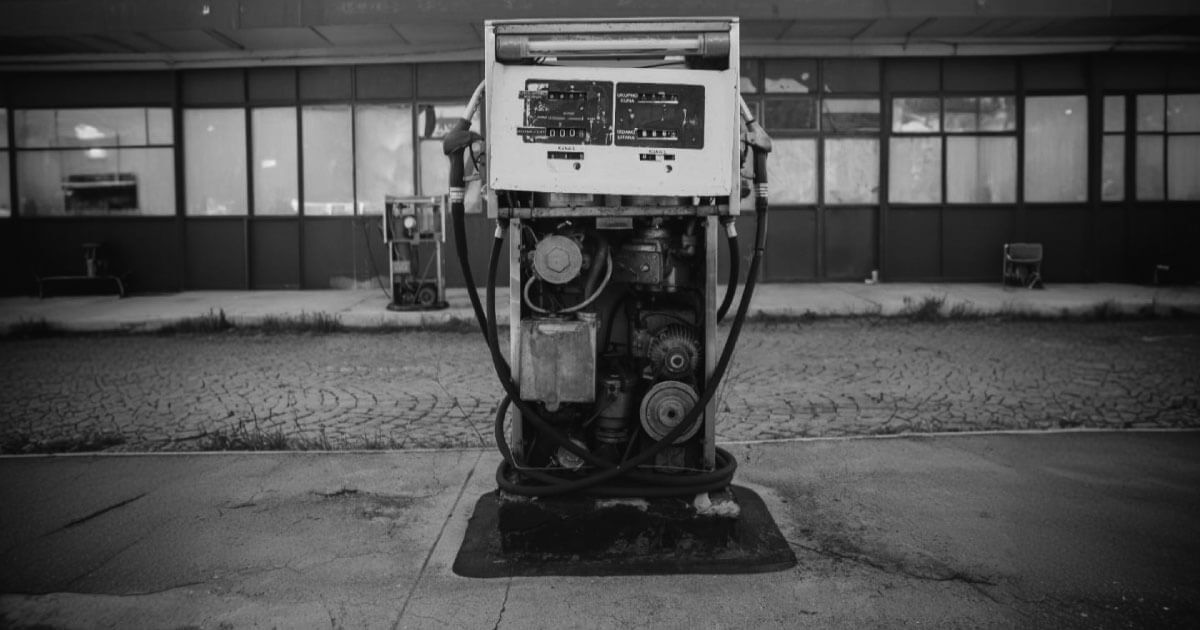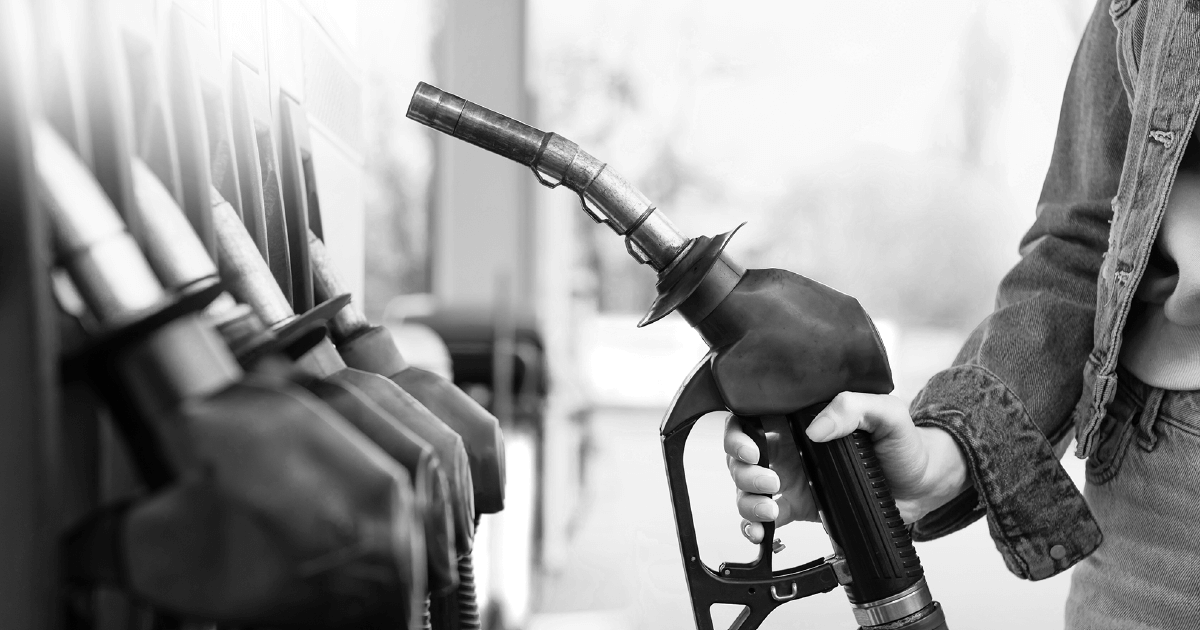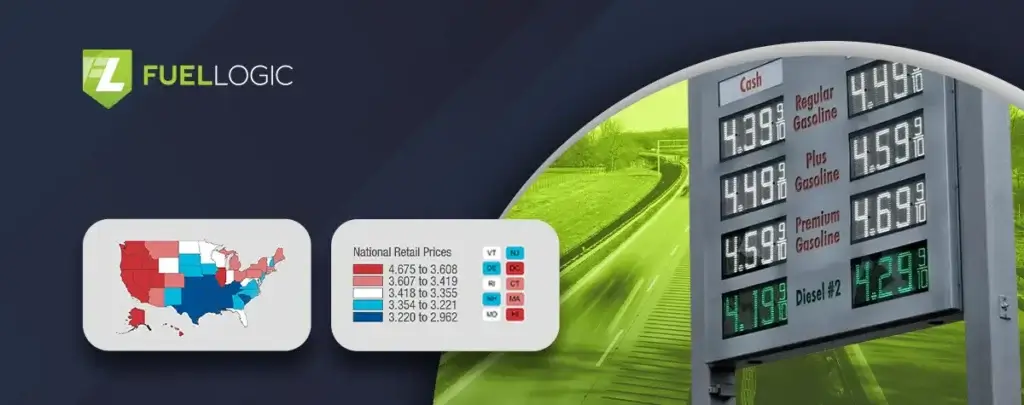Gasoline
From the Blog
-

What are the Benefits of Premium Gasoline?
Do you also think premium gas is just for luxury cars? Think again. It’s a common misconception that even causes owners of high-performance vehicles to overlook its benefits. Premium gas doesn’t just power high-end cars; it also benefits many other types of vehicles. Premium gasoline is a high-octane fuel with an octane rating between 91…
-

How to Spot a Faulty Gasoline Pump and What to Do About It
Last year, the Texas Department of Agriculture disclosed that about 1 in 5 gas stations in the Houston area had at least one faulty pump. Mostly, the malfunctioning pumps displayed “pump jumping,” symptoms where the pump charges before dispensing gasoline, and delivers less fuel than paid for. However, that is not the only sign of…
-

How Gasoline Price Forecasting Can Benefit Your Business
The price of regular gasoline was about $3.484 per gallon in July, then it reduced to $3.137 in October. You see how fuel prices changed within just 3 months. This small price change can greatly impact a business’s budget, especially when they fuel in bulk. Fuel is the main operating expense in the logistics, transportation,…
-

What is the Main Difference Between Petrol and Diesel?
Where diesel thrives in the aspect of fuel efficiency and torque, petrol engines are known for their performance and speed. Both fuels are derived from crude oil through the process of fractional distillation, but vary in their characteristics due to their refining processes. Your choice between petrol and diesel will also be influenced by the…
-

What is the Best Gas to Use for Your Vehicle?
Are you confused about which gas is best for your car? AAA advises using Top Tier gasoline for most vehicles to ensure better engine performance and cleanliness. If you are still wondering, you’re not alone—many drivers struggle to pick the right fuel for their vehicle’s engine. This concern is valid because the lifespan and efficiency…
-

Why Is It Called Gasoline? A Deep Dive Into the History of This Fuel
Did you know the US is the world’s largest gasoline consumer? It consumes approximately 35% of the world’s gasoline supply. The higher gasoline demand might be the reason that its price is higher in the US. But have you ever wondered why is it called “gasoline” instead of something else? The name “gasoline” didn’t just…
-

Top Tips For Using Summer Blend Gasoline Efficiently
Did you know that summer blend gasoline can reduce smog-forming emissions by up to 15% compared to winter blend gasoline? Summer blend gasoline is a type of fuel specifically formulated to perform optimally during the warmer months. The main difference between summer and winter blends lies in their volatility, or the fuel’s tendency to vaporize.…
-

How US Gas Prices Affect the Overall Economy
When we compare today’s gas price of $3.382 per gallon to last year’s $3.868, we see a drop of $0.486, or about 12.6%. Even with this recent drop, gas prices are still unpredictable and have a big impact on the economy. Gas prices in the U.S. play a major role in the economy, affecting consumer…
-

Why Do Gas Prices Vary From State to State?
Did you know that filling up your gas tank in Washington or California could cost nearly a dollar more per gallon than in Florida or Texas? Imagine driving from one state to another and noticing a sudden jump or drop in gas prices. This is not a coincidence. It’s the result of various state-specific factors…
-

Get Gasoline Deliveries Directly to Your Fleet or Equipment
Did you know that businesses can cut fuel-related downtime and prevent unexpected costs with direct gasoline deliveries? Instead of making frequent trips to the gas station, you can have fuel delivered right to your location, improving operations and boosting productivity. Multiple fuel delivery agencies offer direct gasoline delivery services by transporting fuel straight to your…
